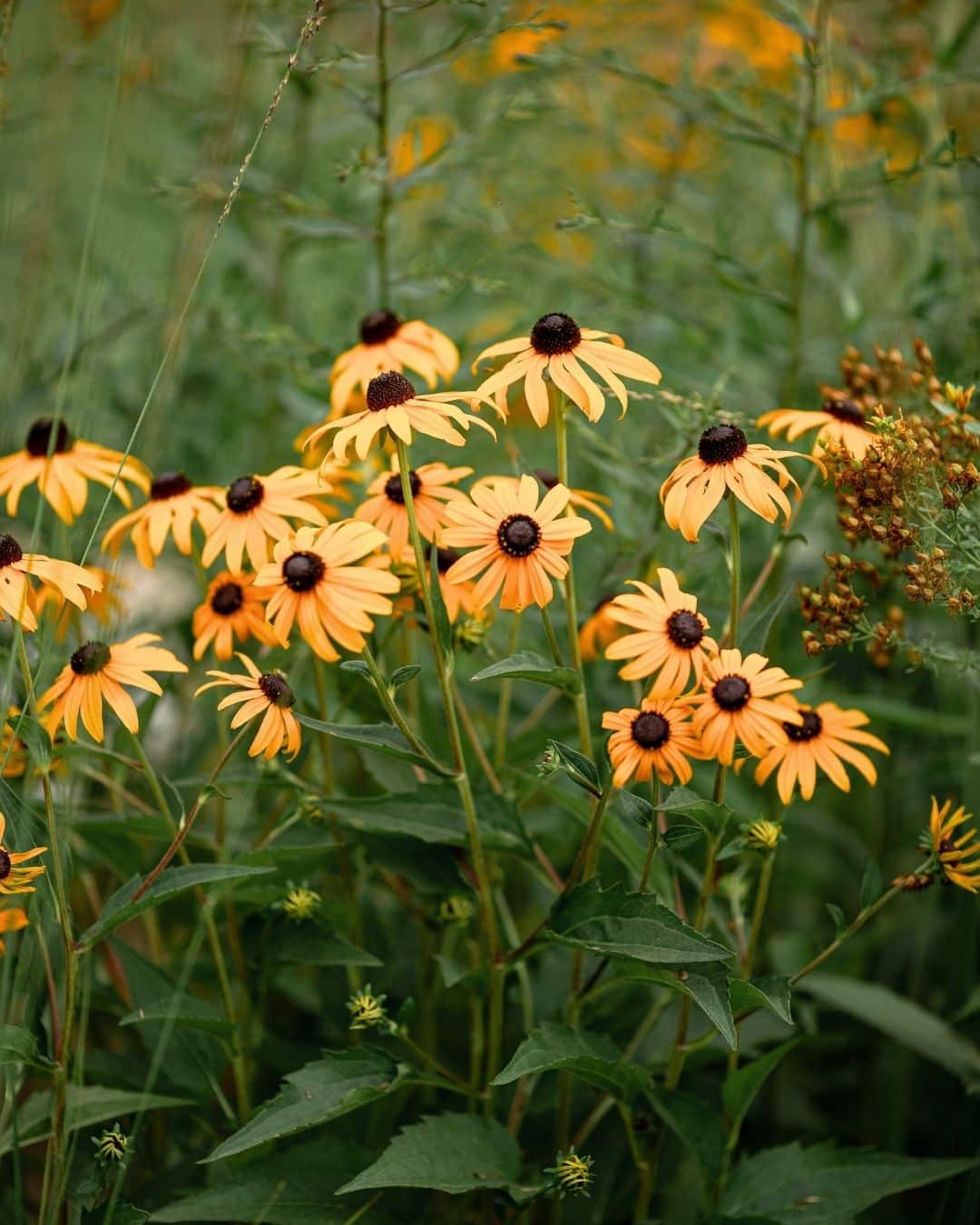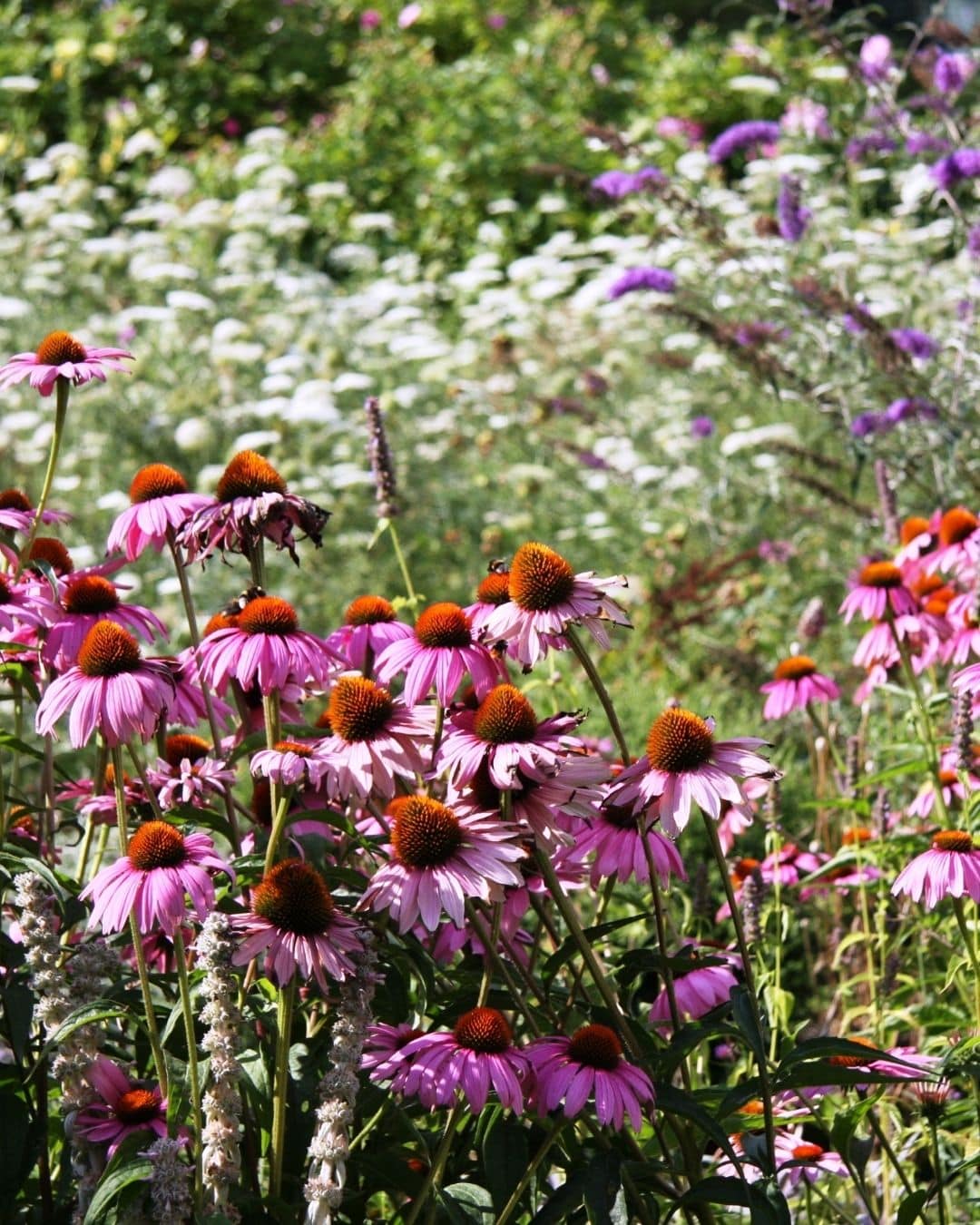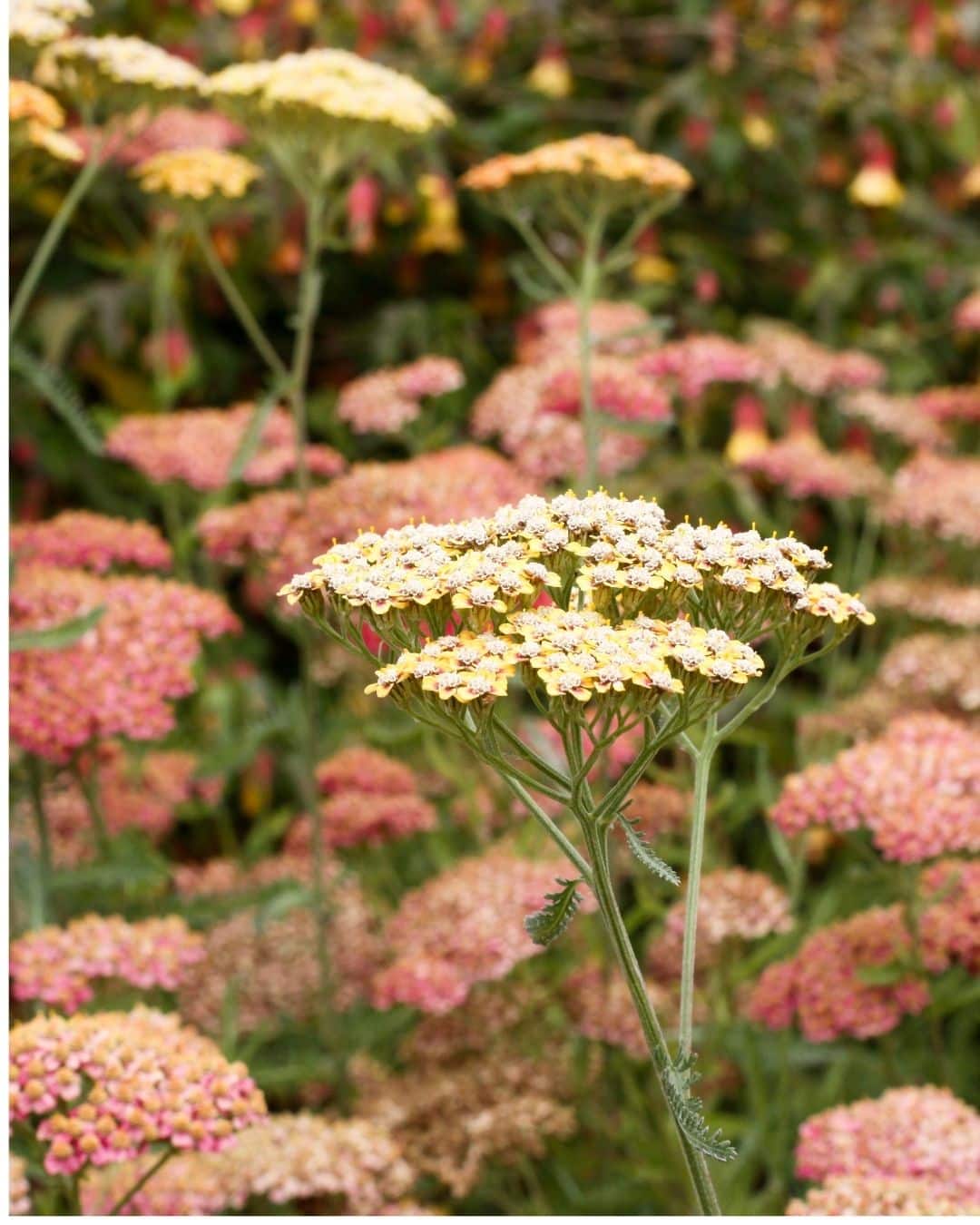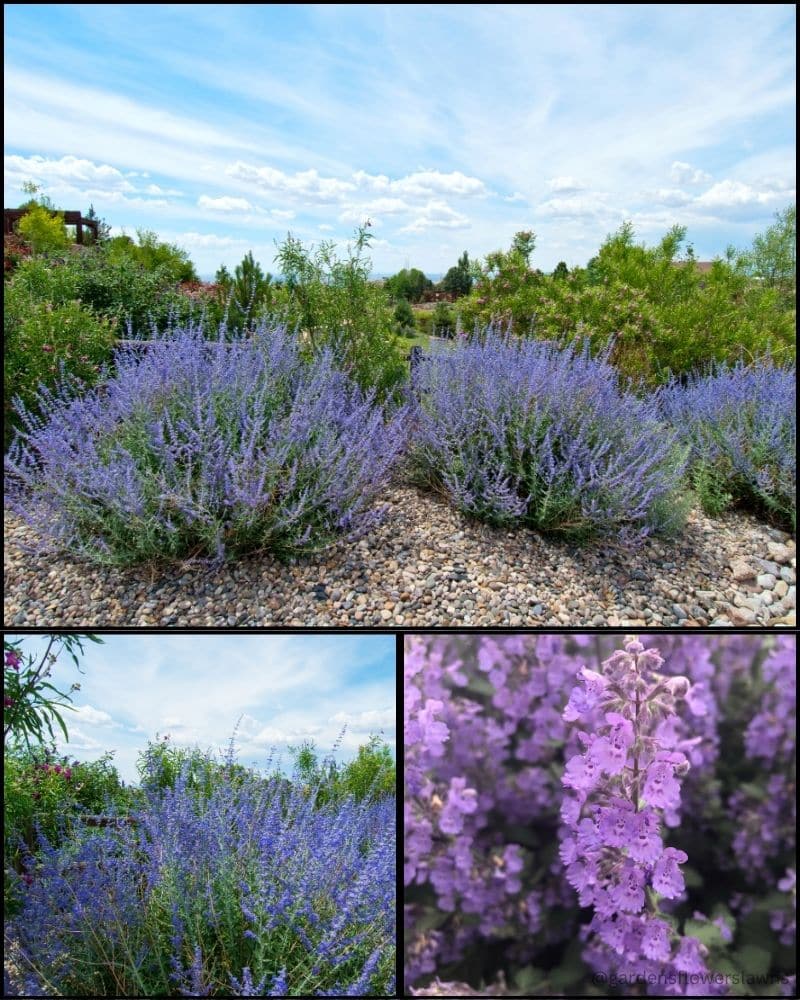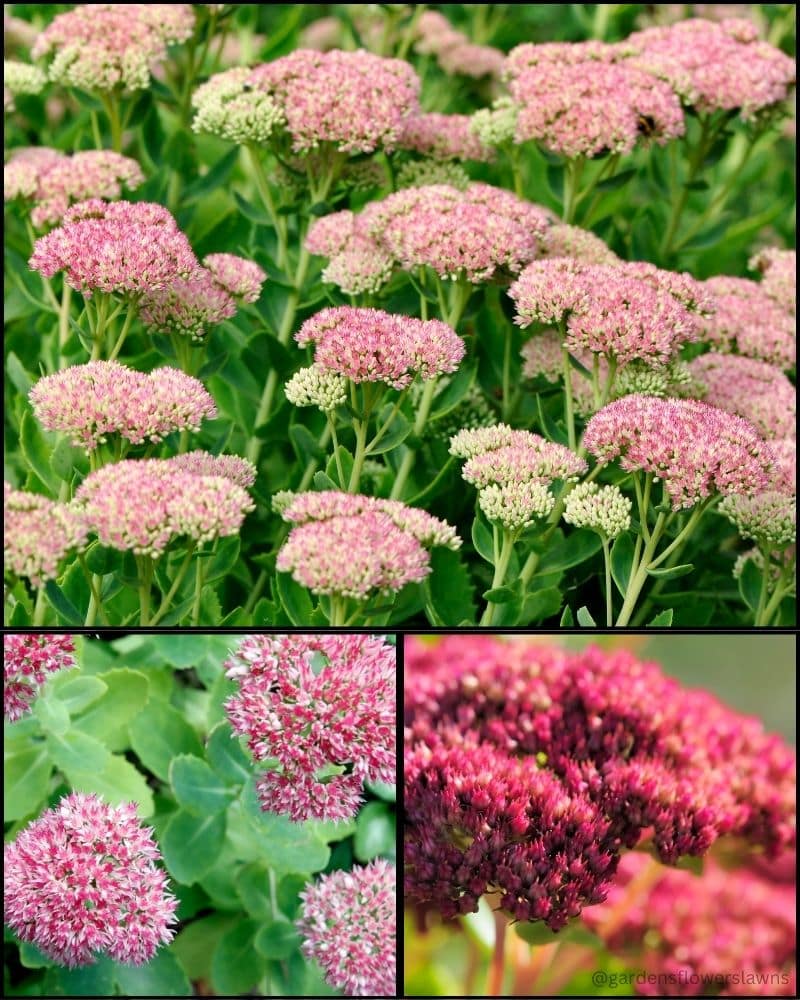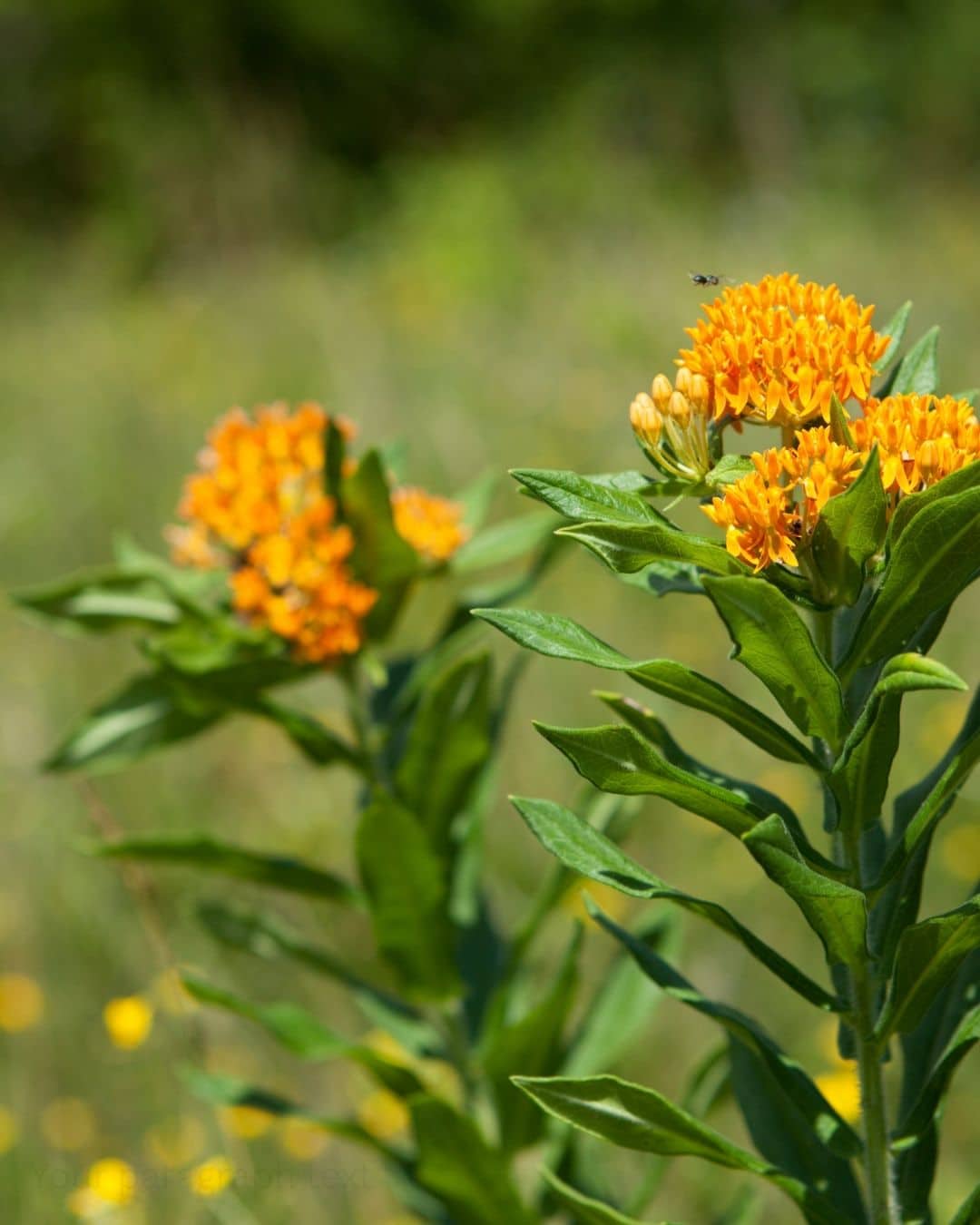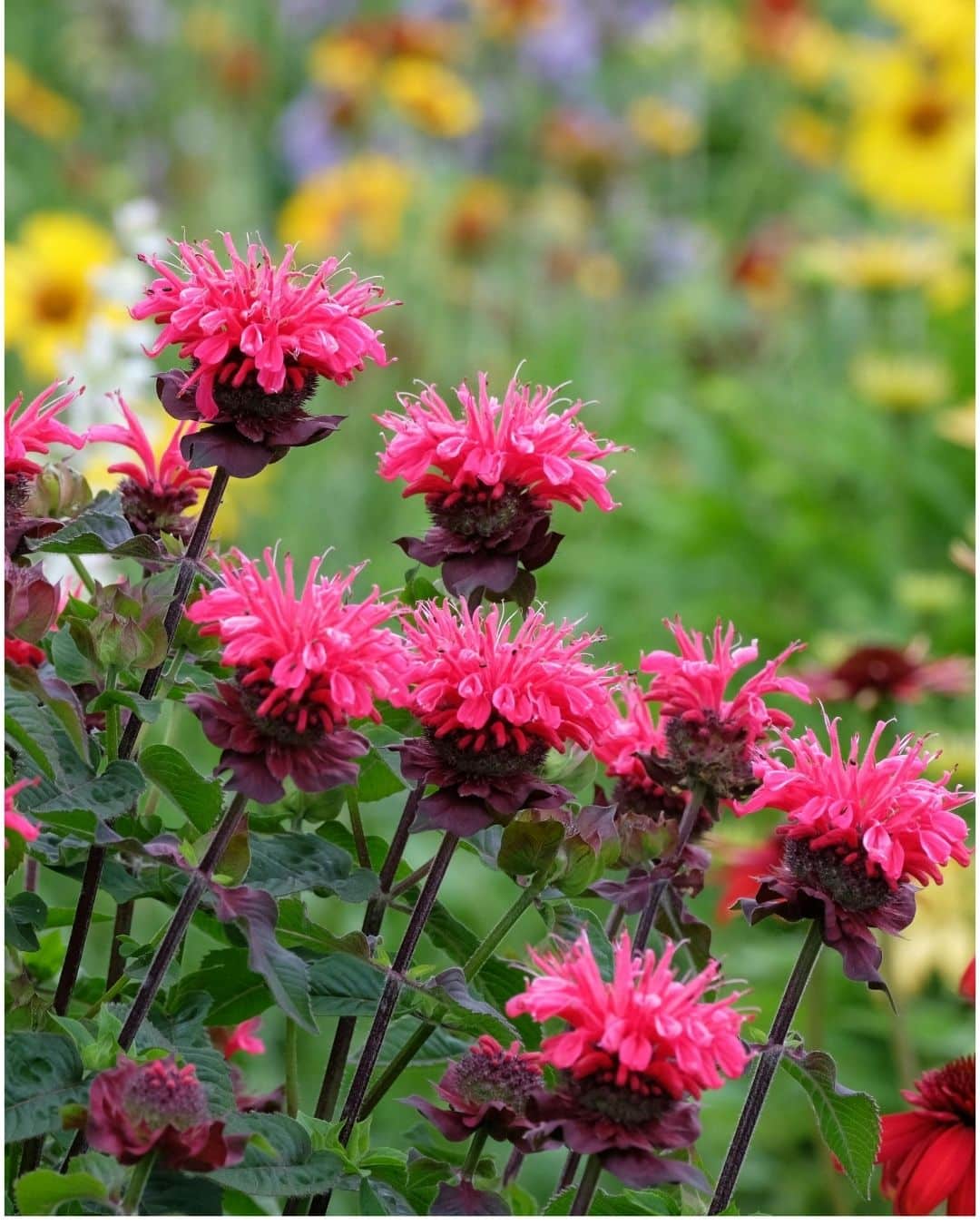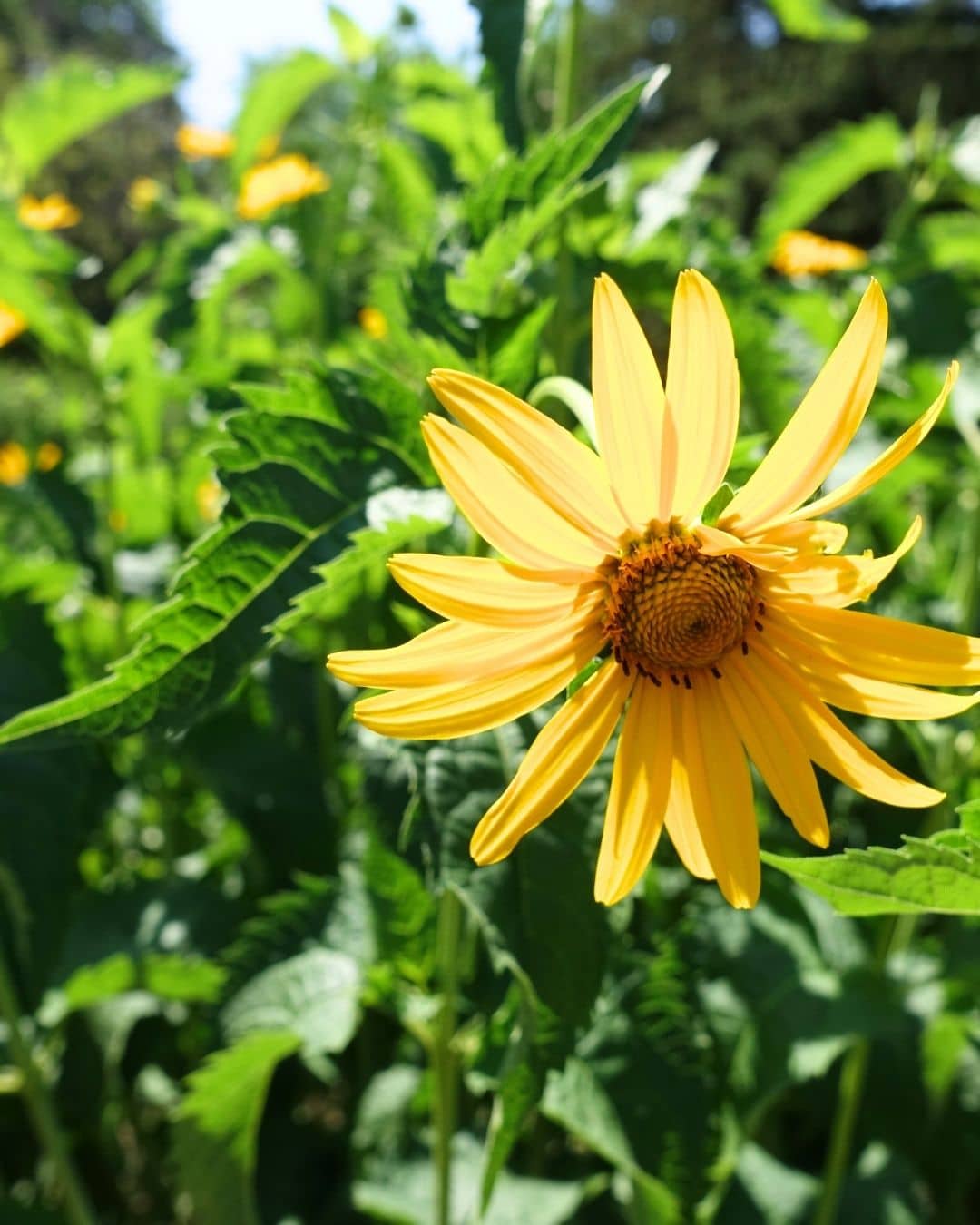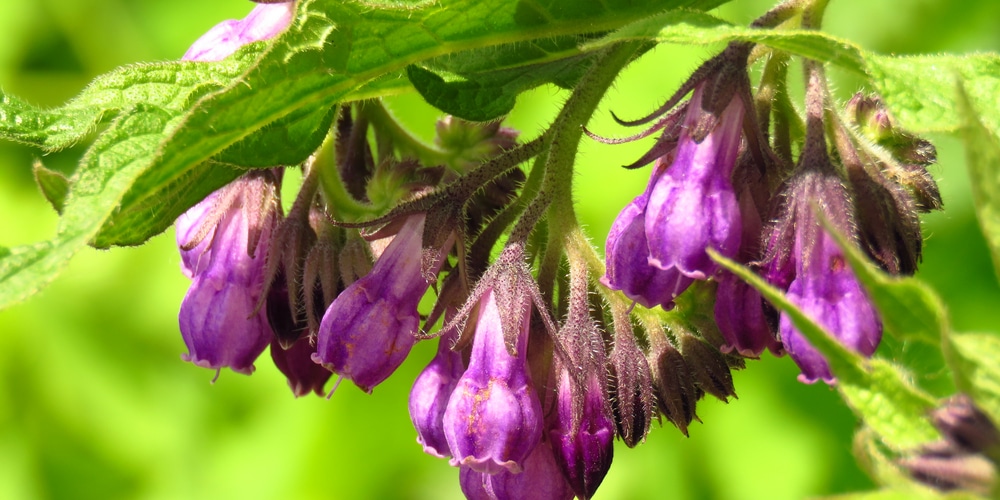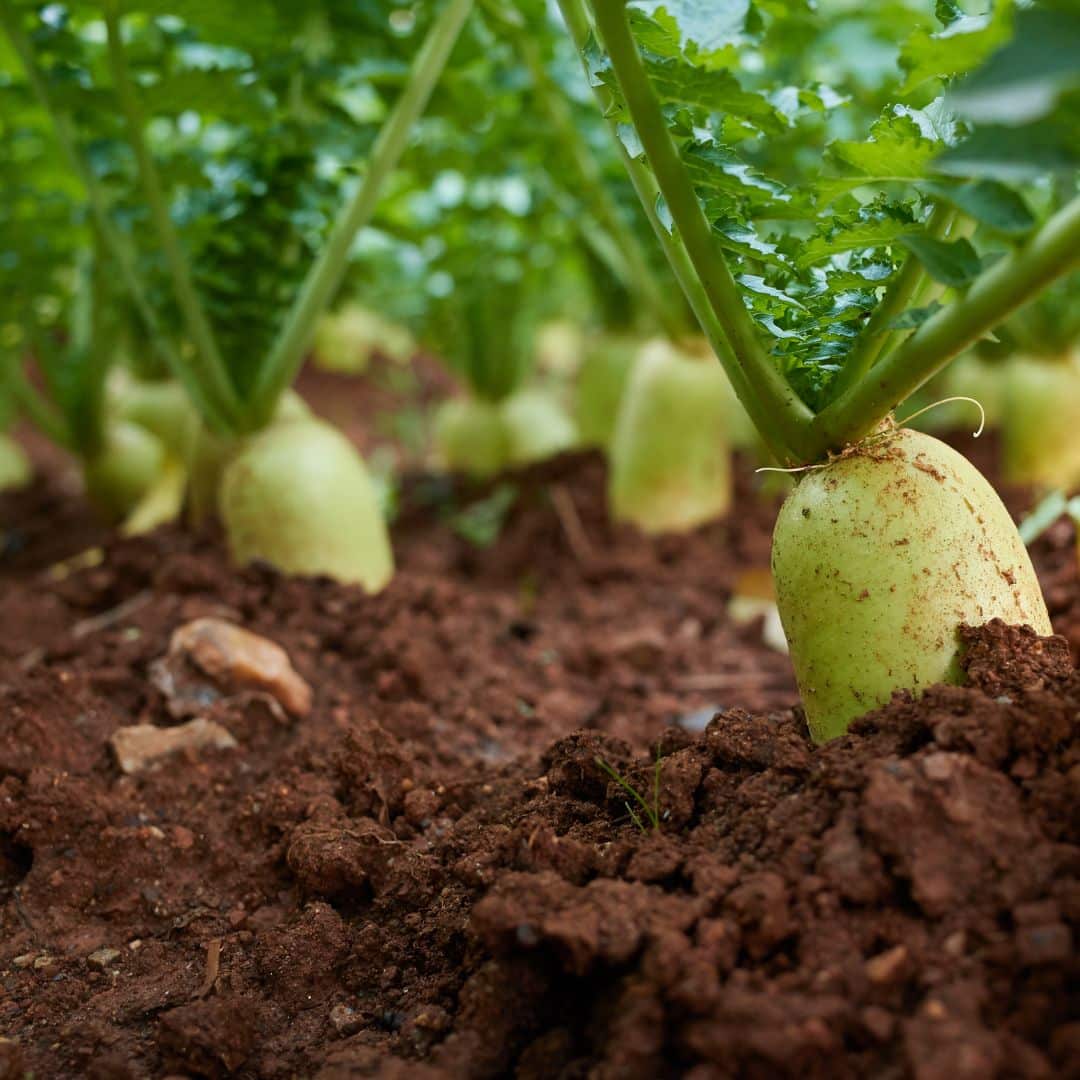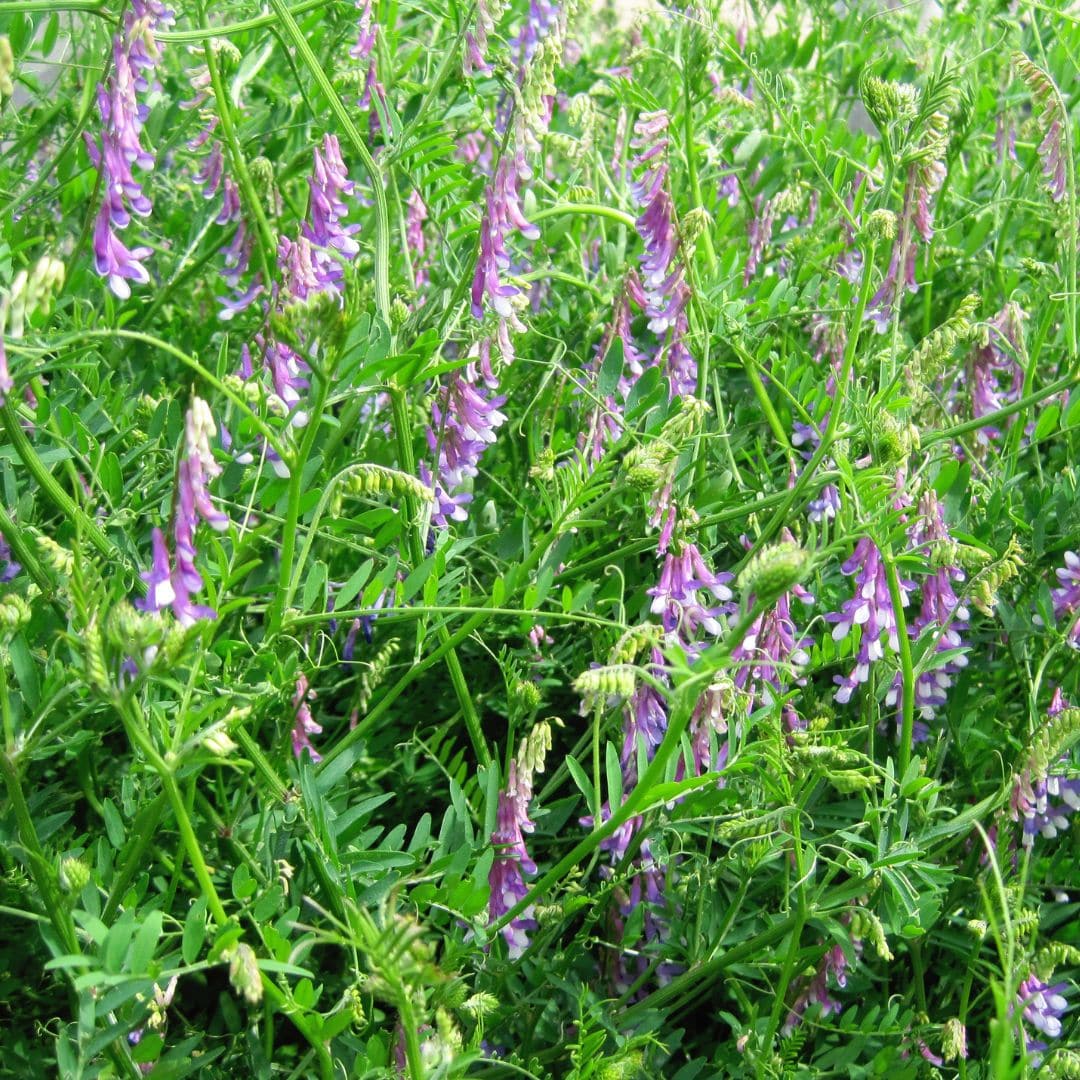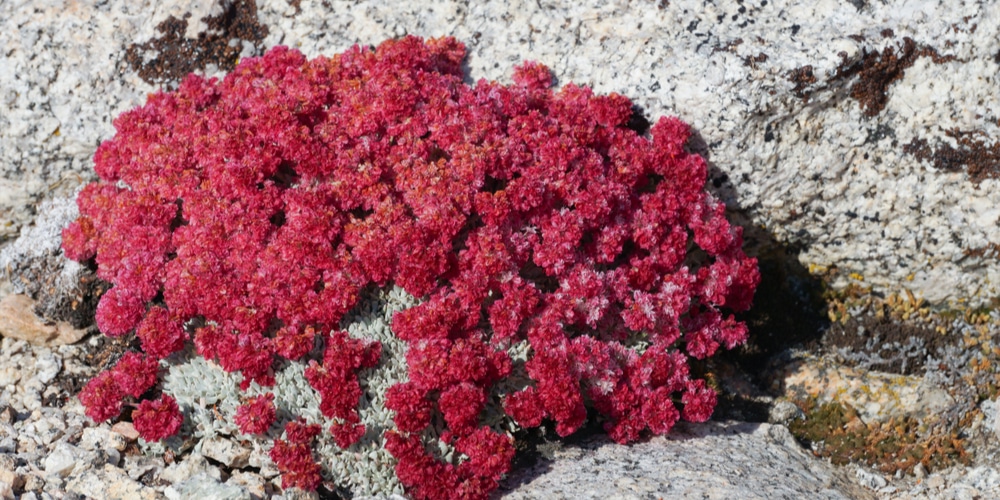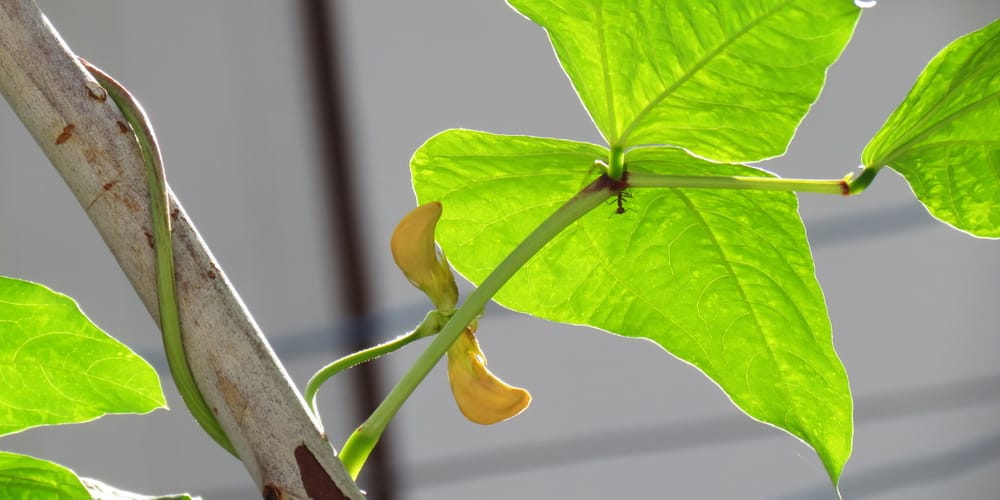Gardening isn’t always about perfect conditions; sometimes, it’s about embracing the challenge of less-than-ideal soil.
Luckily, certain rebel plants thrive even when planted in poor soil, effortlessly transforming challenging landscapes into lush havens.
Here are 10 well known and resilient plants widely grown across the country that excel at making bad soil productive.
1. Black-Eyed Susan (Rudbeckia hirta)
These cheerful, golden flowers can brighten even the poorest, driest soils. Black-eyed Susans thrive in sandy, rocky conditions and actually prefer soils with lower fertility.
They help stabilize soil with their extensive root systems, preventing erosion and increasing soil health over time.
Additionally, these plants are drought-tolerant and require minimal care, making them perfect for busy gardeners.
2. Lavender (Lavandula spp.)
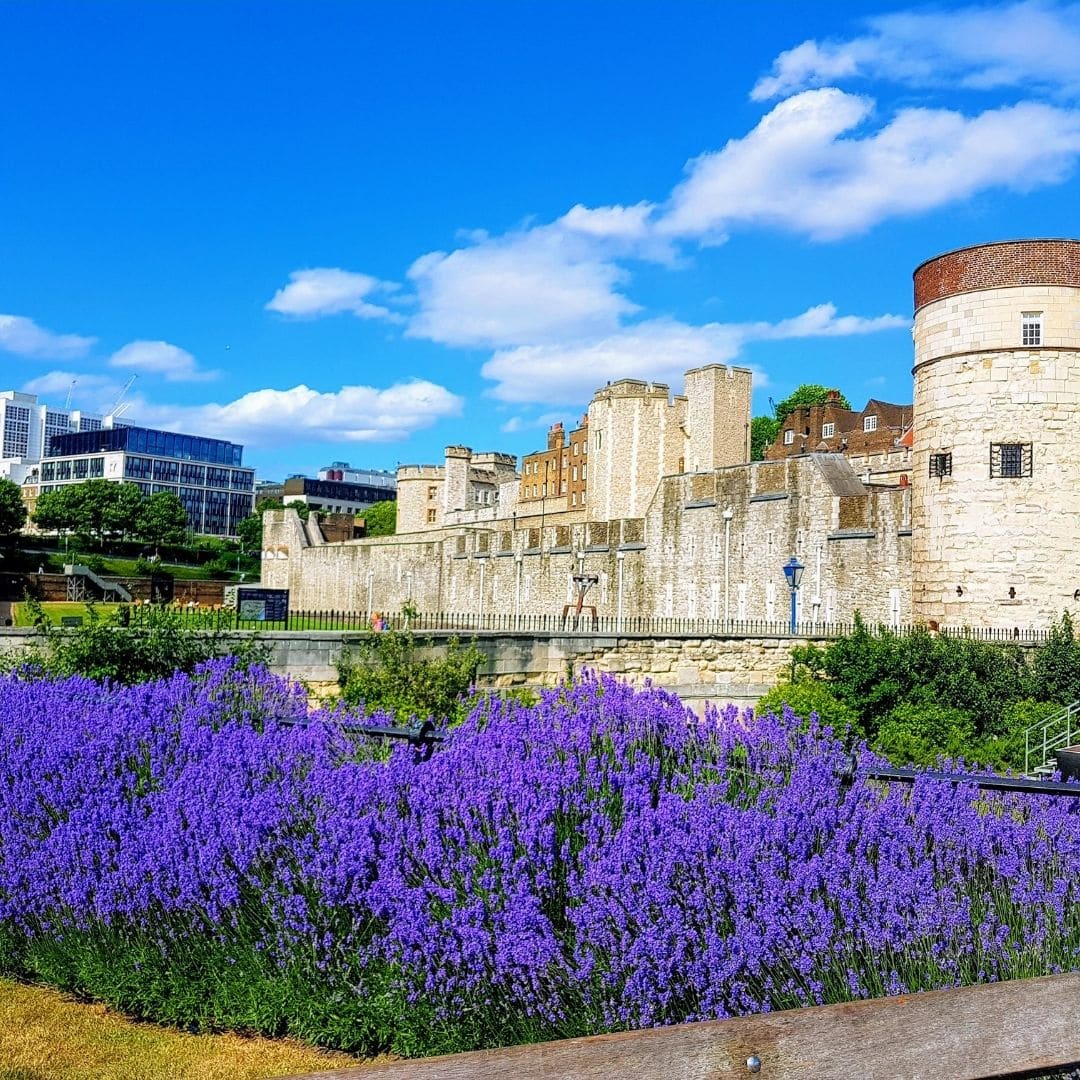
Lavender’s ability to flourish in rocky, sandy, or clay-rich soils makes it a gardener’s dream.
These aromatic plants require very little water and can handle poor drainage better than most herbs. Plant lavender in sunny spots where nothing else seems to survive, and enjoy a fragrant, bee-friendly addition.
Its therapeutic fragrance is also known to relieve stress and improve sleep quality.
3. Coneflower (Echinacea purpurea)
Coneflowers are not just attractive- they are soil builders. They can adapt to a wide range of soil types, including heavy clay and rocky ground.
Coneflowers also attract beneficial pollinators, enhancing garden biodiversity and supporting overall soil health through increased biological activity.
Medicinally, coneflowers are widely used to boost immunity and treat common colds.
4. Daylily (Hemerocallis spp.)
With stunning blooms and exceptional durability, daylilies prosper in almost any soil condition, including sandy and rocky areas.
Their deep root systems break up compacted soils, promoting aeration and improved drainage, paving the way for more delicate plants to thrive.
Daylilies are also available in a vast array of colors, bringing vibrant diversity to your garden.
5. Yarrow (Achillea millefolium)
Yarrow thrives in soils considered poor, dry, and even rocky.
This hardy perennial not only grows in challenging conditions but actively enriches the soil by accumulating minerals through its deep taproot system, enhancing nutrient availability for other nearby plants.
Historically, yarrow has been used for medicinal purposes, particularly for wound healing and reducing inflammation.
6. Russian Sage (Perovskia atriplicifolia)
Russian sage is a tough, drought-tolerant plant perfectly suited to sandy or rocky soils.
With its stunning silvery foliage and purple blooms, it provides both beauty and utility, attracting pollinators while helping stabilize loose, sandy soil.
Its strong fragrance also deters pests, making it a useful companion plant.
7. Sedum (Sedum spp.)
Sedums, or stonecrop, are ideal for poor, dry soils. Their succulent nature enables them to store water efficiently, thriving even during droughts.
They quickly colonize barren patches, effectively minimizing soil erosion and enhancing soil stability.
Sedums come in various forms and colors, ideal for rock gardens or as ground covers.
8. Butterfly Weed (Asclepias tuberosa)
This vibrant native perennial tolerates rocky, sandy, and clay-heavy soils.
Butterfly weed has an impressive ability to attract butterflies and other pollinators, significantly increasing your garden’s ecological diversity and indirectly enriching soil through improved biological activity.
It’s also essential for monarch butterfly larvae, supporting vital pollinator populations.
9. Bee Balm (Monarda didyma)
Bee balm is a resilient plant that grows well even in poor, nutrient-deficient soils. Its deep roots enhance soil structure by promoting air circulation and water infiltration.
Additionally, it attracts pollinators, supporting a vibrant and diverse garden ecosystem. Bee balm leaves and flowers can be used in teas, imparting a delightful citrus-mint flavor.
10. Sunflower (Helianthus annuus)
Sunflowers are remarkable soil healers, thriving in poor, compacted, or nutrient-deficient soils.
They have a unique capability to absorb toxins from the soil (phytoremediation), effectively cleaning contaminated ground.
Their extensive root systems also break up compacted soils, making conditions more favorable for other plants. Sunflowers are also excellent food sources for birds, enhancing garden biodiversity.
Bonus: 5 Soil Fixers You May Never Have Heard Of
1. Comfrey (Symphytum officinale)
Often overlooked, comfrey is a powerhouse for soil improvement. Its deep roots pull nutrients from far below the surface, enriching topsoil and providing a nutrient-rich mulch.
Comfrey leaves can also be used to create natural fertilizer teas, enhancing garden productivity without synthetic chemicals.
2. Daikon Radish (Raphanus sativus var. longipinnatus)
These giant radishes are more than tasty vegetables; they drill deep into compacted soil, naturally aerating it and adding organic matter when decomposing after winter.
Daikon radishes also help suppress weeds by quickly occupying soil space, outcompeting unwanted growth.
3. Hairy Vetch (Vicia villosa)
This lesser-known cover crop excels at fixing nitrogen into depleted soils, enriching it for future crops.
Its rapid growth smothers weeds and improves soil structure.
Hairy vetch is often used in rotation with grains and vegetables, substantially boosting subsequent crop yields.
4. Buckwheat (Fagopyrum esculentum)
Buckwheat grows rapidly even in poor soil conditions, effectively suppressing weeds and preventing erosion.
Its quick decomposition returns valuable nutrients back into the soil.
Additionally, buckwheat’s abundant white flowers attract numerous beneficial insects, promoting ecological balance.
5. Cowpea (Vigna unguiculata)
Cowpeas are highly beneficial legumes that fix nitrogen, helping restore depleted soils. They flourish in poor, sandy soils and withstand drought conditions remarkably well.
Cowpeas are also nutritionally rich and serve as an excellent edible crop, adding further value to your garden.
Thanks for reading! Embrace these rebel plants and watch your garden thrive, transforming even the most challenging soils into a flourishing oasis.
